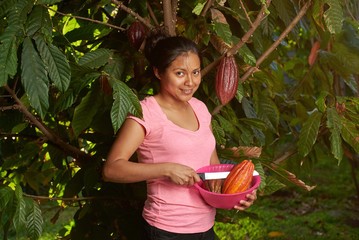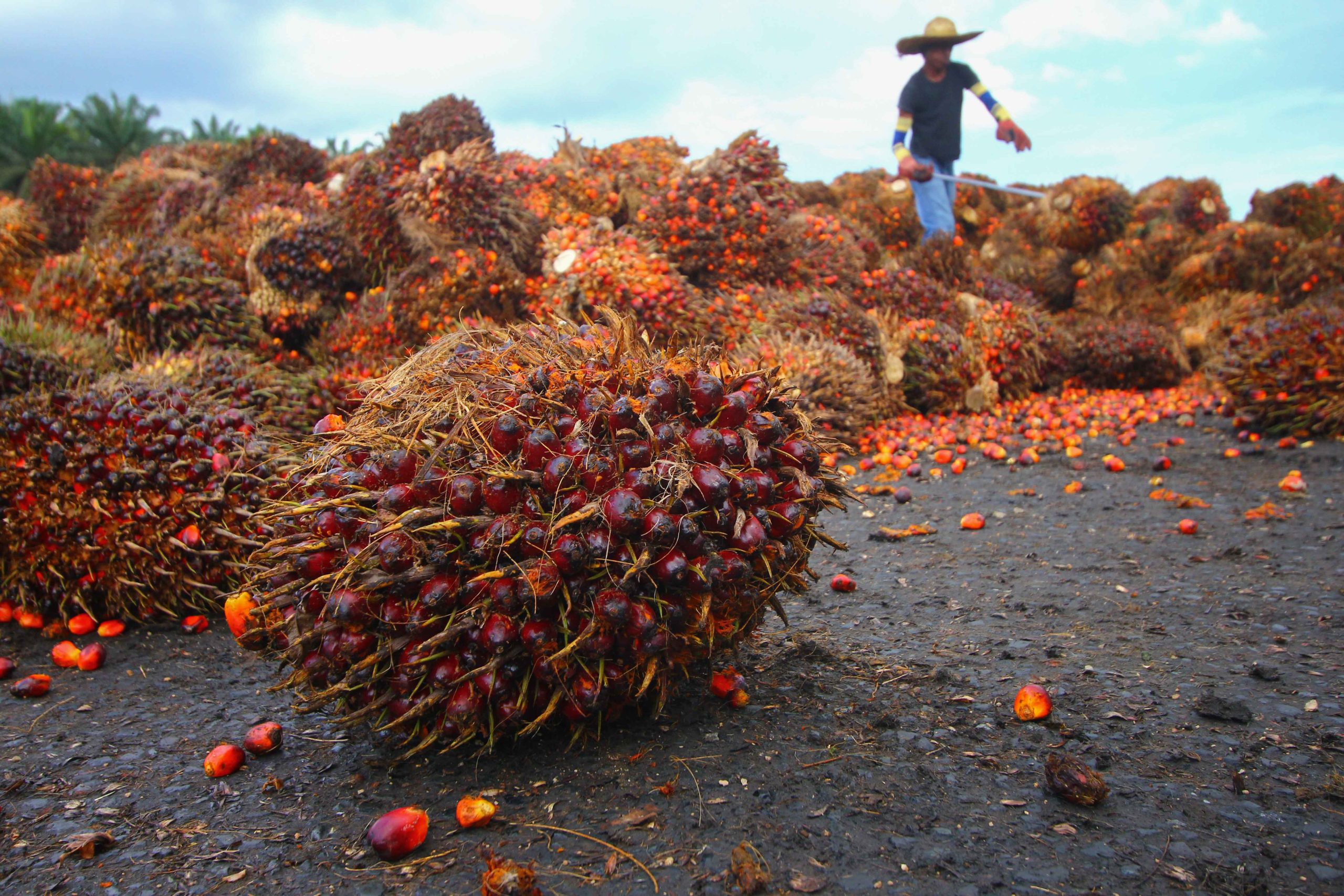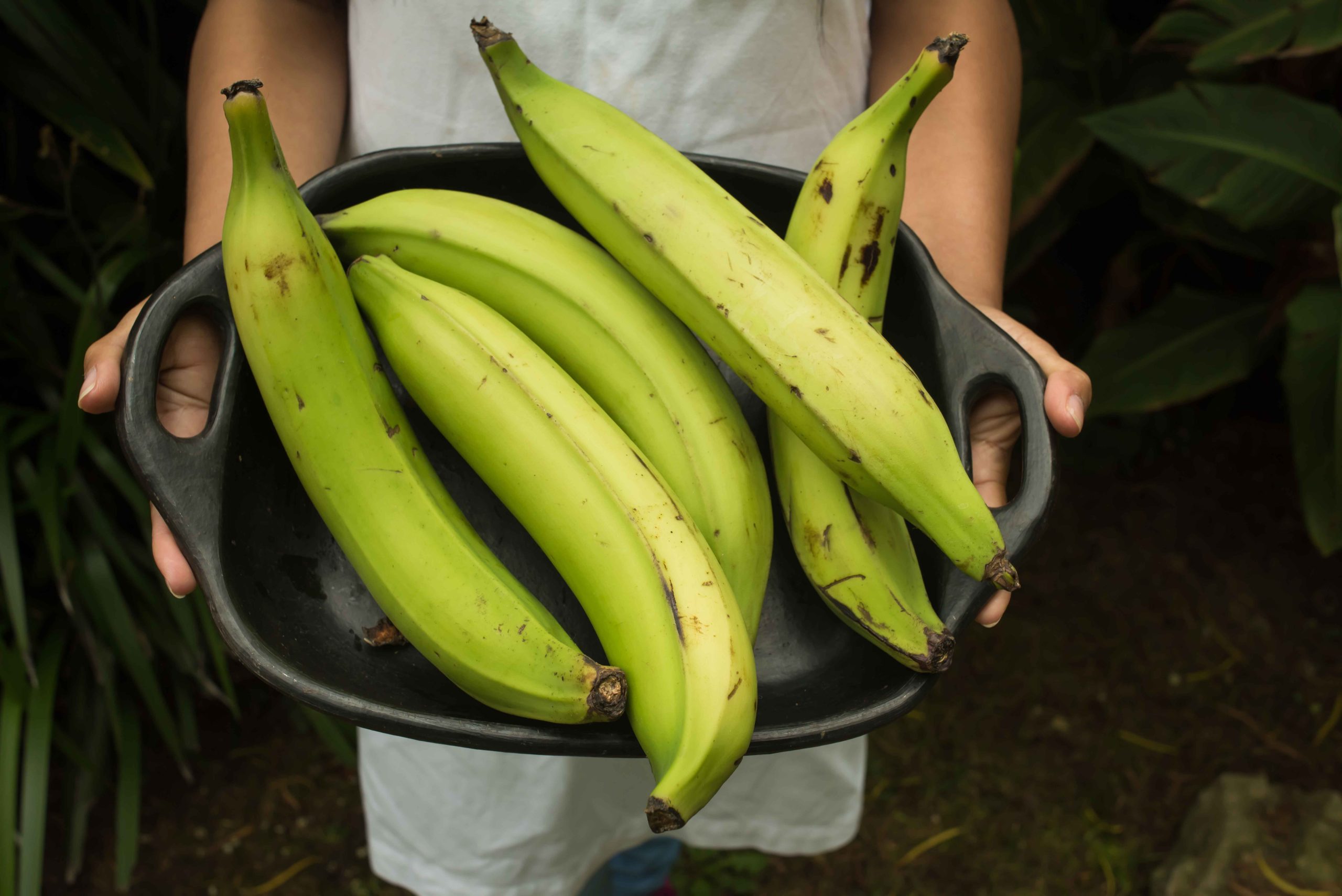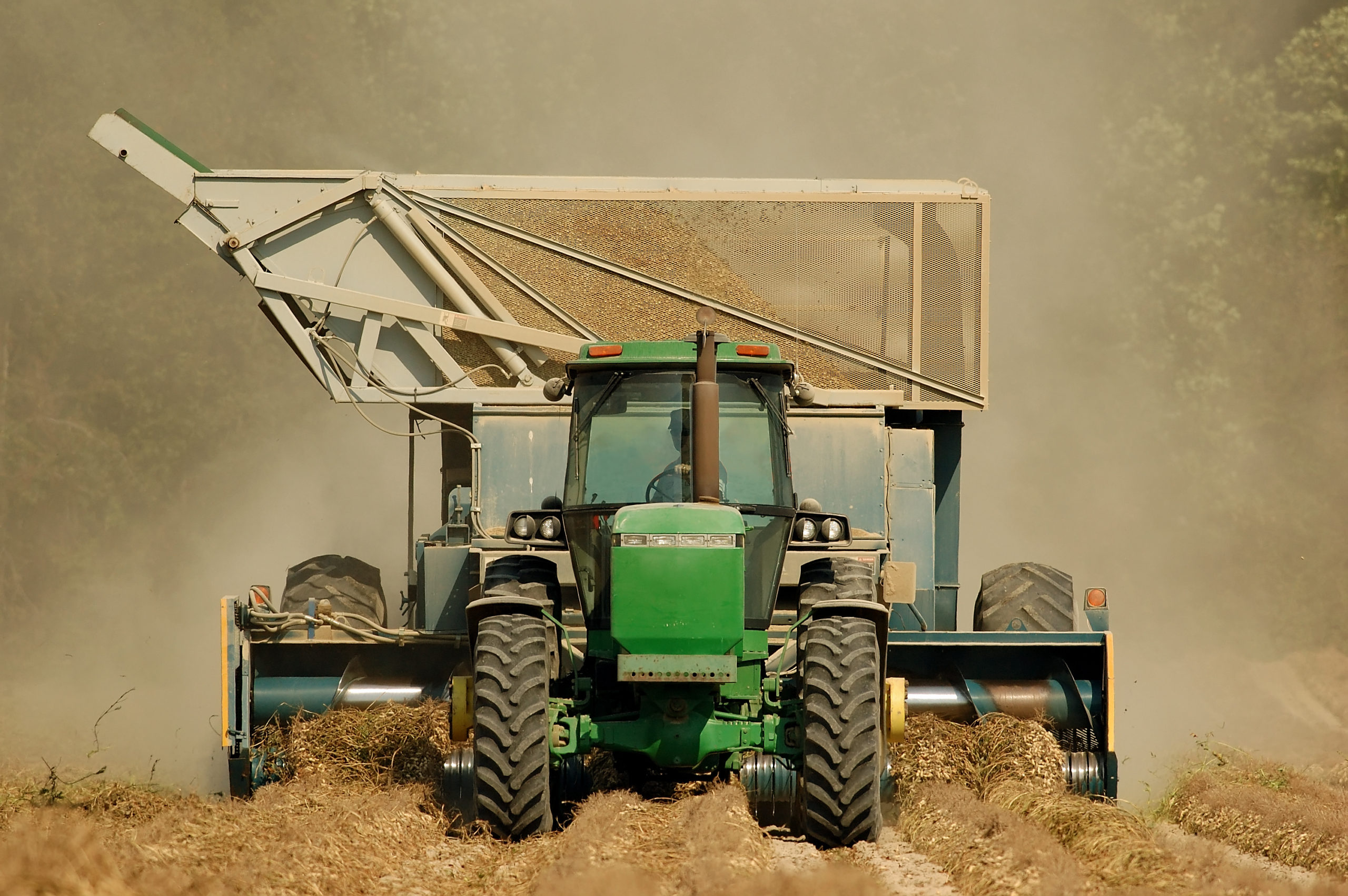TBC Ingredients ApS
From peanut/ groundnuts to ingredients
The entire plant, including most of the roots, is removed from the soil during harvesting. The pods ripen 120 to 150 days after the seeds are planted. If the crop is harvested too early, the pods will be unripe. If they are harvested late, the pods will snap off at the stalk, and will remain in the soil.
Peanut products
Peanut oil (Groundnut oil)
Cultivars
Cultivars
Certain cultivar groups are preferred for particular uses because of differences in flavor, oil content, size, shape, and desease resistance. For many uses the different cultivars are interchangeable.
Most peanuts marketed in the shell are of the Virginia type, along with some Valencias selected for large size and the attractive appearance of the shell.
The various types are distinguished by branching habit and branch length. There are numerous varieties of each type of peanut.
There are two main growth forms, bunch and runner. Bunch types grow upright, while runner types grow near the ground.
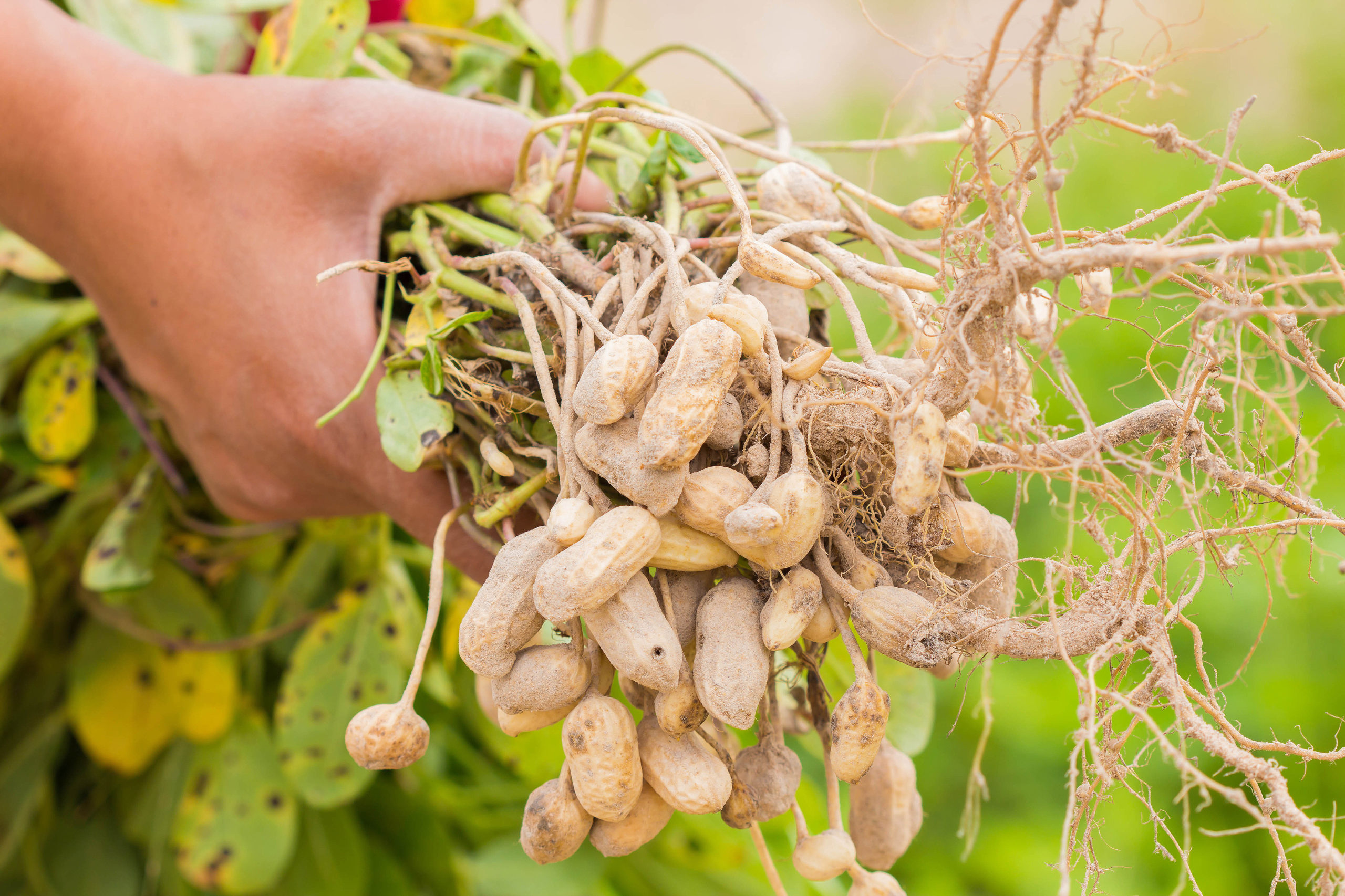
oil
Peanut oil
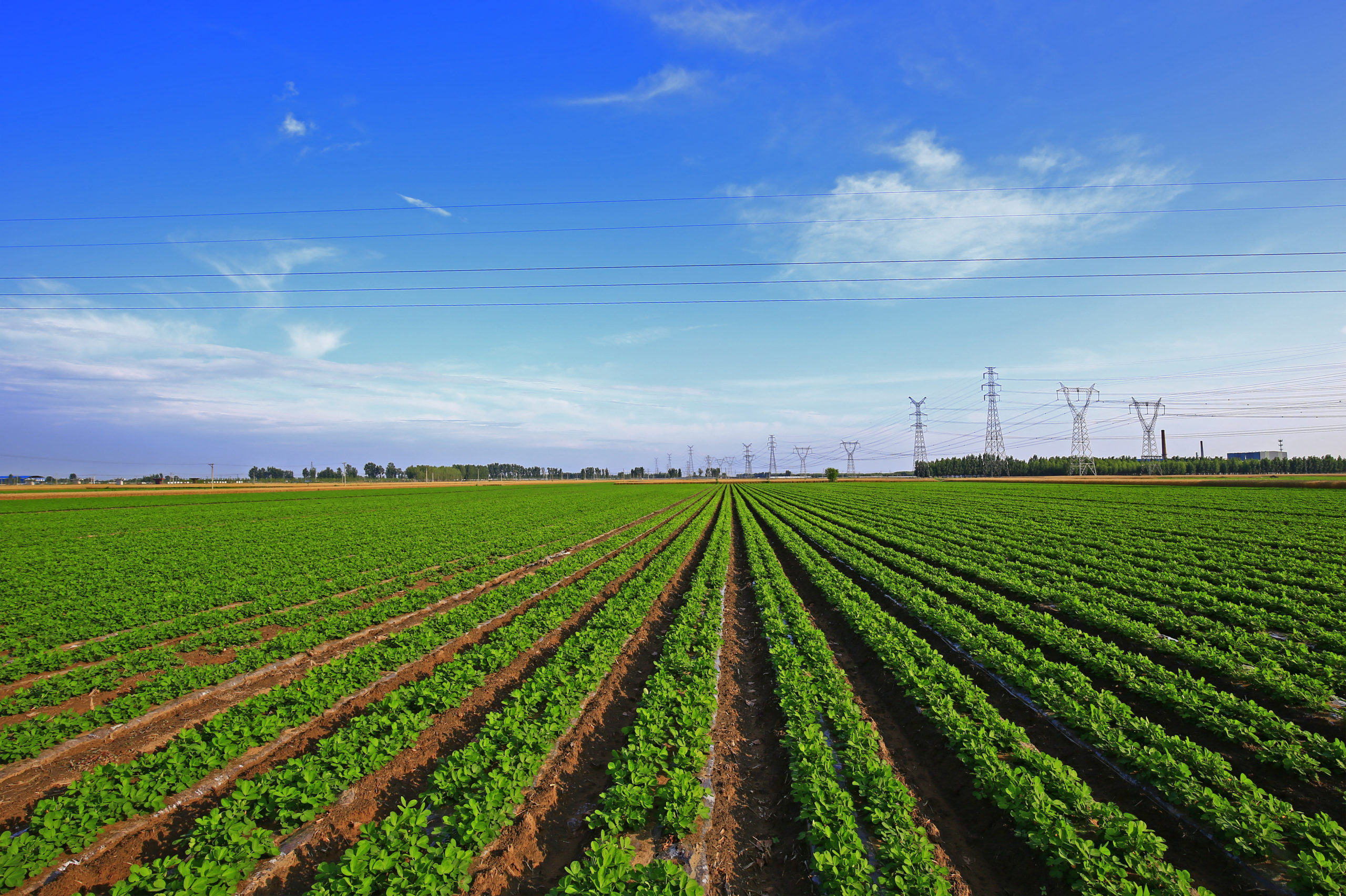
Peanut oil is often used in cooking, because it has a mild flavor and a relatively high smoke point. Due to its high monounsaturated content, it is considered more healthy than saturated oils, and is resistant to rancidity. There are several types of peanut oil including: aromatic roasted peanut oil, refined peanut oil, extra virgin or cold pressed peanut oil and peanut extract.
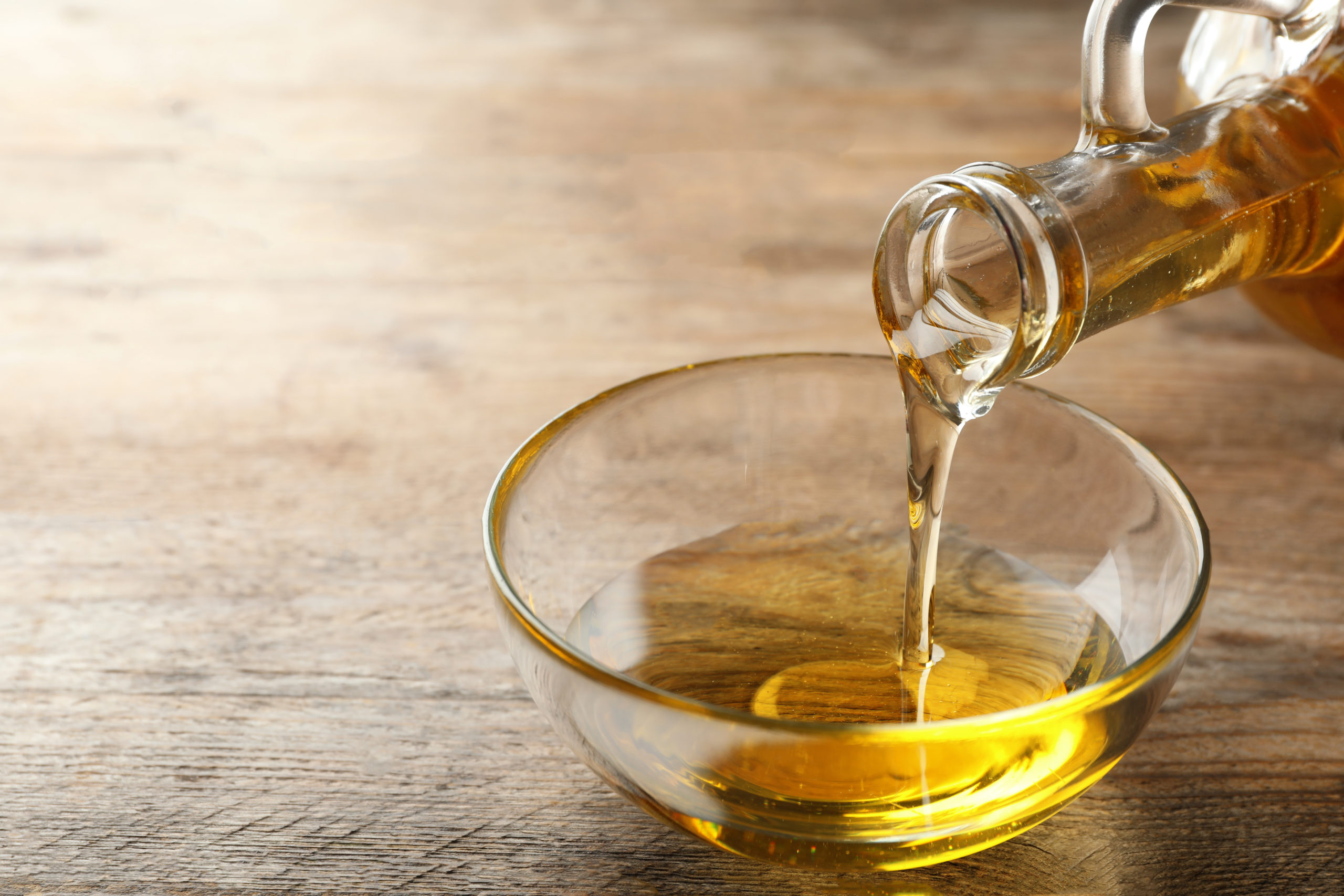
Peanuts are known by many other local names such as groundnuts, earthnuts, goober peas, monkey nuts, pygmy nuts and pig nuts.
Packing
Peanuts packing
Peanut oil packing
Peanut packing

